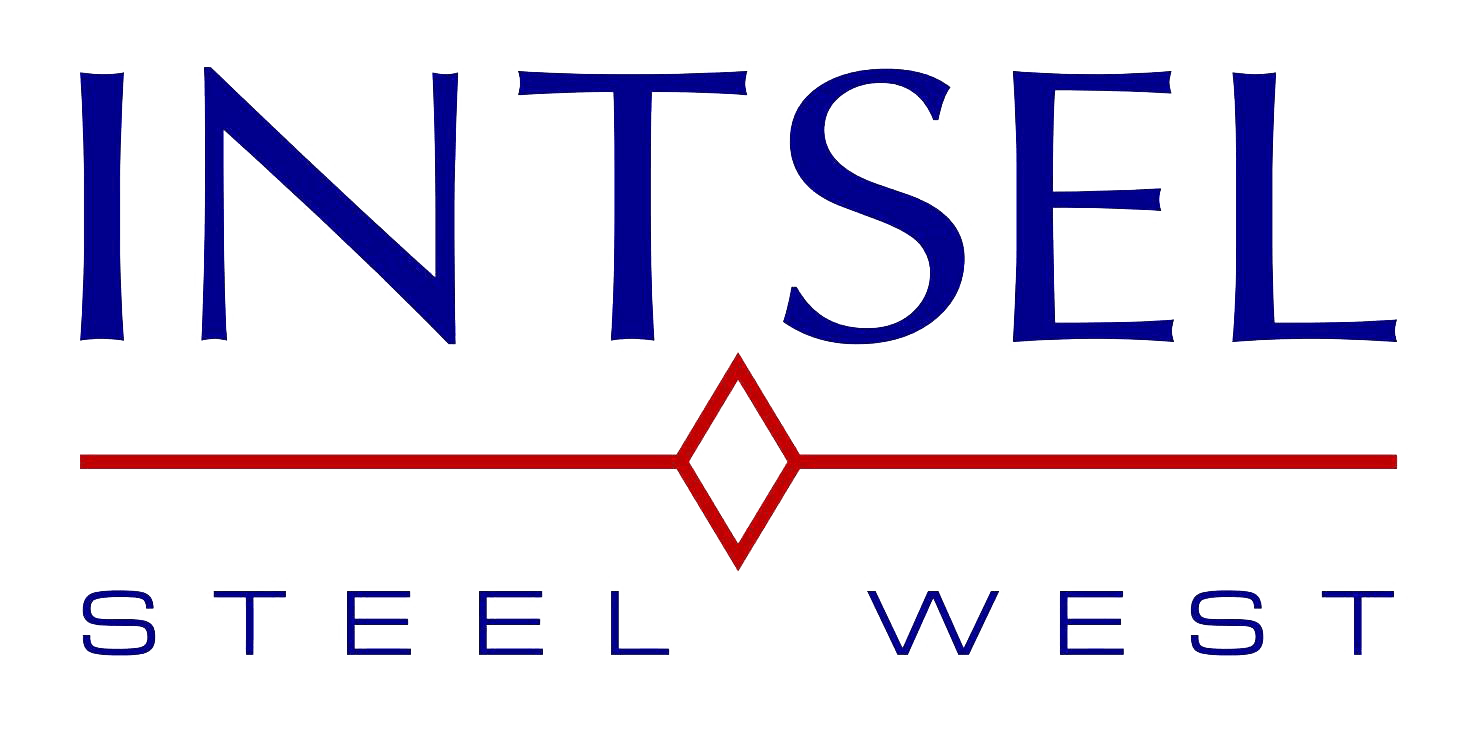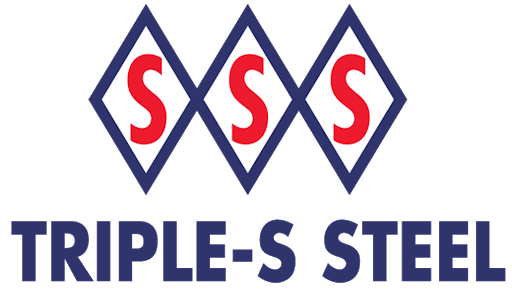



Did you know that more than 1.8 million net tons of steel have been produced in the U.S. in 2021 alone? With that much production, you may not be surprised to learn that there are multiple types of structural steel.
Structural steel is advantageous to other construction materials, such as wood or plastics, due to its strength and ductility. It can also be shaped and hardened to meet specific tasks. Read on to learn more about the different structural steel types.
Structural steel is an essential part of many industries, including infrastructure, automotive, and appliances. Different types of steel are more appropriate for certain types of production. Most structural steel is either carbon or an alloy. The difference is that an alloy has different elements added to modify its properties.
The major types of structural steel are:
Carbon steel is a combination of iron and carbon. There are different types of carbon steel depending on the percentage of carbon. Ultra-high carbon steel has the highest concentration, up to 2%.
The advantage of the increased carbon is that it makes the steel stronger and less likely to yield under stress. A major negative to carbon steel is that the increased strength makes it more difficult to shape. It is also more vulnerable to rust and corrosion than other structural steel types.
High strength low alloy (HSLA) steels are designed to the desired mechanical properties, rather than a chemical composition like other steels. They have a low amount of carbon and can be easily molded and formed.
HLSA steel is also offered in a corrosion-resistant variety. This makes this structural steel type ideal for the construction of items with long life spans, such as light posts and storage tanks.
Forged steel is an alloy compressed under high pressure to increase strength and hardness. Many industries use this versatile type.
There are three main types of forged steel:
The primary disadvantage to forged steel is that the initial cost and maintenance are expensive. There are also limitations based on the size of the press used.
This type of structural steel is an alloy that is stronger through the quenching and tempering process. This process involves heating the metal to a very high temperature and quickly cooling it in water to harden it.
Most alloys use this process. In addition to the increased strength, quenched and tempered alloy steel is finely grained and has good ductility.
In addition to the different types, structural steel can be fabricated through machining processes. Some structural steel types are better suited for these processes. These processes include:
Saw cutting typically involves beams. They are cut with an automated saw to a specified length.
Some construction projects require beam splitting on its tee. This process can weaken the beam due to bowing and twisting of the tee but roll-straightening can recoup some of the strength lost.
This process, used for beams, but also common with sheet metal, places a curve in the metal. Some camber in steel is natural, but additional bending is often required.
Plate processing involves cutting a plate to the desired fabrication. There are multiple ways to do this, including plasma cutting, drilling, and milling.
Shearing refers to removing unwanted material from steel, providing straighter edges and less waste. This is used for sheet metal.
There are several tests performed on structural steel to determine its strength or composition. These tests include:
Typically referred to as CVN, this test produces the notch toughness and bases the results on the energy absorbed. This can not be used on welded metal.
Testing these three characteristics can determine the materials you will need for a project. Testing the yield strength determines the weight limit for changing the shape of a piece.
The tensile test indicates at what weight the steel will break. The elongation test is based on the results from the previous two tests and determines how much bending can occur without changing the shape of a piece.
Used on steel alloys, this test determines the materials present and their composition percentage. This test may be required to meet ASTM standards.
This test determines the resistance needed to produce a dent in the steel. It will also record the depth of the dent.
Once you have determined the type of structural steel needed, there are other factors to consider in the purchasing process. For fabrication, you should look at a manufacturer’s capabilities, such as the maximum cuttable size of a beam, or the available dyes for molding.
You should consider the location of the manufacturer, since transportation is also part of the final cost. Finally, you should consider the lead time needed to produce your structural steel pieces.
Once you determine the types of structural steel, you still need to consider fabrication and testing. Depending on the physical size of your order, you must also consider transporting it and the time needed for production.
Intsel Steel West can be your single source supplier for any of these structural steel types. Contact us for more information.